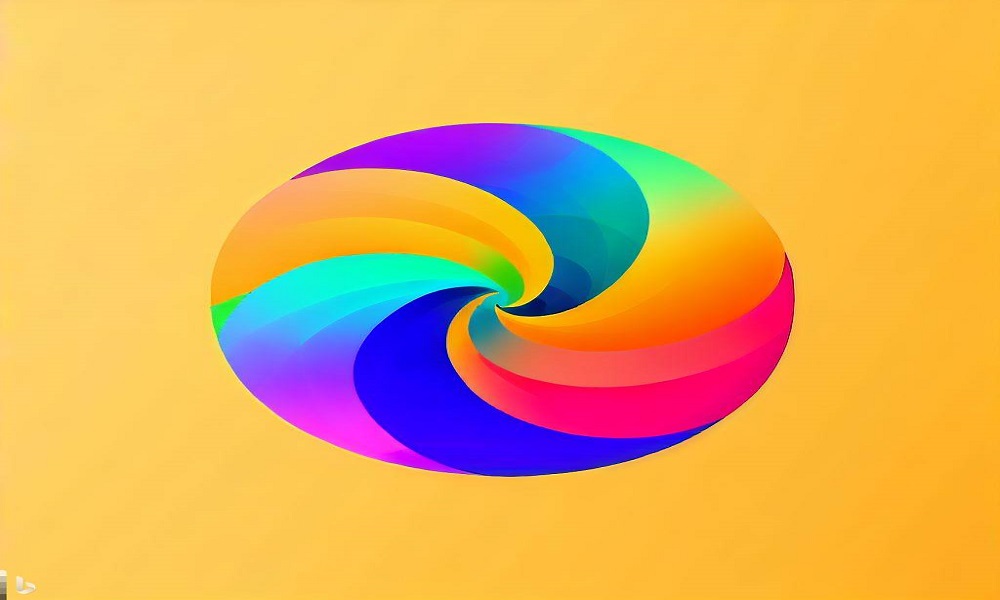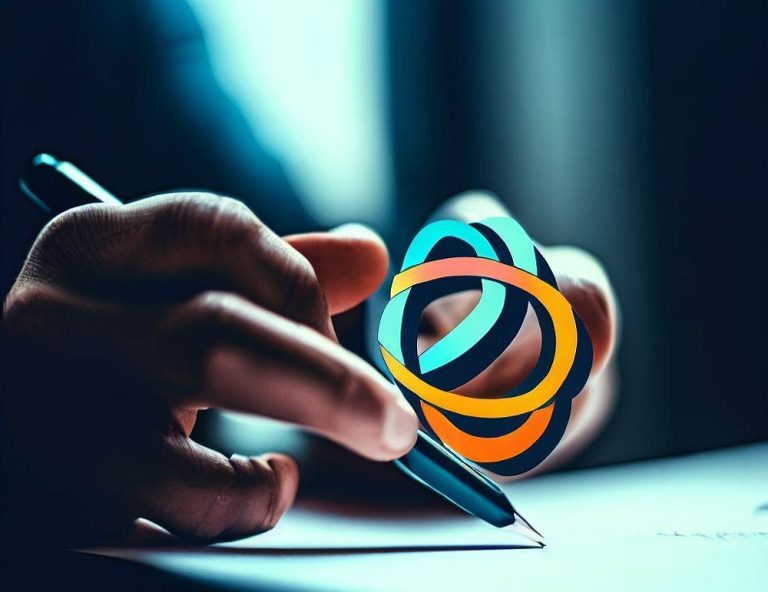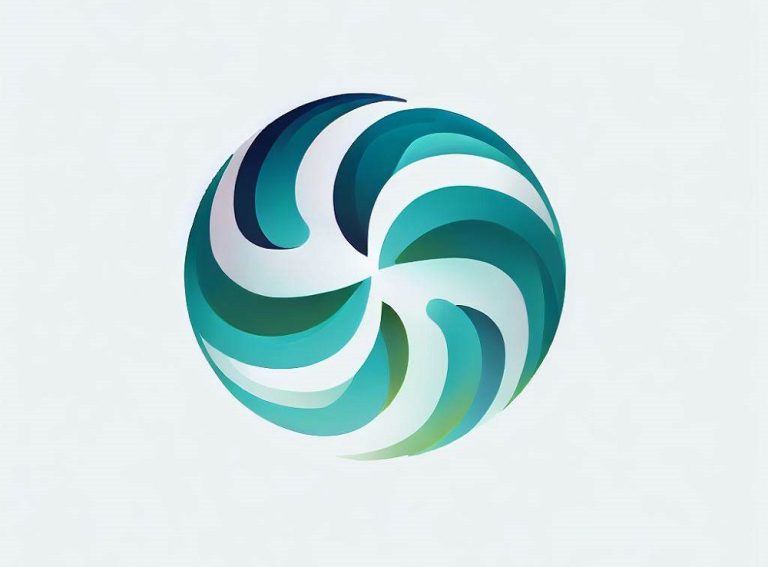Color Psychology In Logo Design: The Emotional Impact Of Colors

Colors possess a powerful ability to evoke emotions, convey messages, and shape perceptions. In logo design, understanding the psychological impact of different colors is crucial for creating a logo that effectively communicates and resonates with the target audience.
In this blog post, we will delve into the realm of color psychology in logo design, exploring how colors can influence perception and evoke emotional responses. By harnessing this knowledge, designers can strategically select colors that align with a brand’s message, personality, and desired emotional connection.
Contents
Harnessing Color Psychology in Logo Design
1. The Basics of Color Psychology
Before diving into the world of color psychology, it’s important to understand the basics. Colors have inherent associations and trigger specific emotions or responses. Warm colors like red and orange often evoke feelings of energy, passion, and excitement.
Cool colors such as blue and green are associated with calmness, trust, and harmony. Neutrals like black and white convey simplicity, elegance, and sophistication. By comprehending these basic associations, designers can begin to utilize color psychology to their advantage in logo design.
2. Cultural and Contextual Influences
The interpretation of colors can vary across different cultures and contexts. What might be considered positive and uplifting in one culture could hold negative connotations in another. It is essential for designers to consider the cultural and contextual implications of colors when creating logos for global brands or diverse audiences. Researching cultural meanings and sensitivities associated with colors can help ensure that the logo resonates positively with the intended audience.
3. Color Symbolism and Brand Personality
Colors have the power to communicate specific messages and reflect the personality of a brand. Each color has its own symbolism and can evoke a range of emotions. For example, a vibrant red may convey a sense of energy and excitement, while a soothing blue might suggest trust and reliability. By aligning the chosen colors with the brand’s personality traits and desired message, designers can create logos that accurately represent the brand and elicit the intended emotional response.
4. Color Combinations and Harmonies
The harmony and contrast between colors play a significant role in logo design. The right color combinations can enhance the visual appeal and reinforce the desired emotional impact. Complementary colors, such as blue and orange, create a dynamic and vibrant effect, while analogous colors, like shades of green, evoke a sense of harmony and unity.
Designers must consider color theory and experiment with various combinations to find the perfect balance that complements the brand and engages the audience effectively.
5. Evoking Emotions and Enhancing Brand Identity
Colors can evoke specific emotions and memories, making them powerful tools for enhancing brand identity. For example, a healthcare brand may use calming blues and whites to instill trust and a sense of well-being. In contrast, an adventurous outdoor brand may opt for energetic greens and yellows to convey excitement and a connection to nature. By understanding the emotional impact of colors and aligning them with the brand’s desired identity, designers can create logos that forge deep emotional connections with the audience.
Conclusion
Incorporating color psychology in logo design unlocks the ability to tap into the emotional realm of audiences. By understanding the associations, cultural influences, and symbolism of colors, designers can strategically select colors that communicate the desired message and elicit the intended emotional response.
The right colors, used harmoniously and thoughtfully, can elevate a logo from a mere visual element to a powerful symbol that resonates with the target audience. By harnessing the potential of color psychology, designers can create logos that leave a lasting impression and strengthen the brand’s identity in the minds and hearts of customers.






